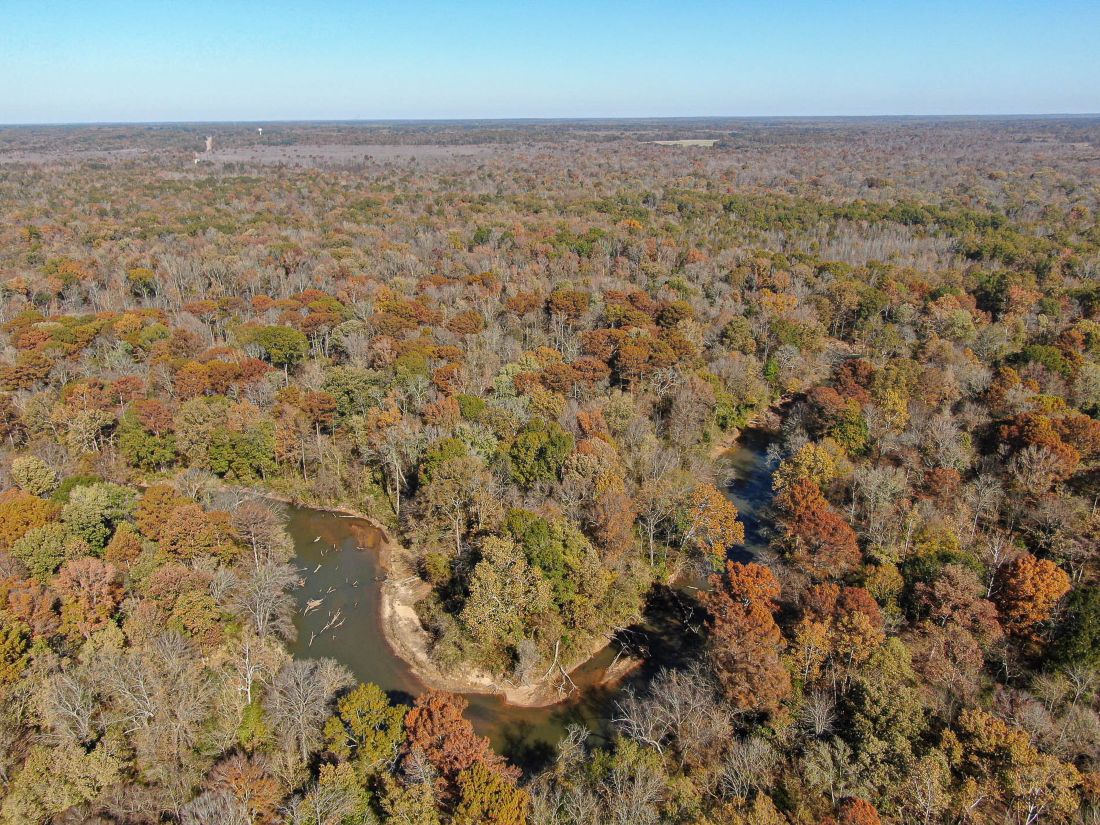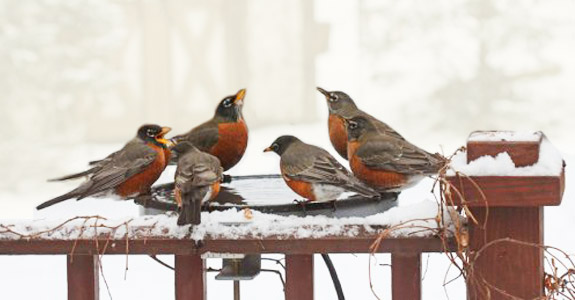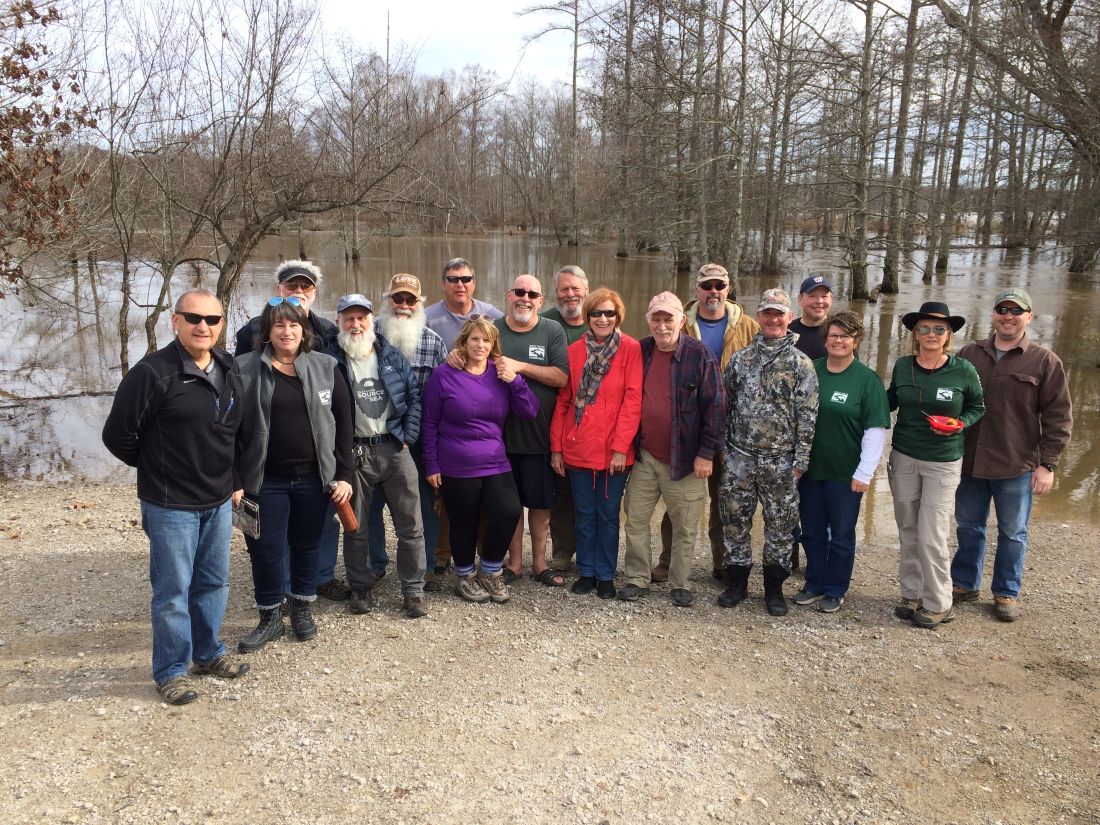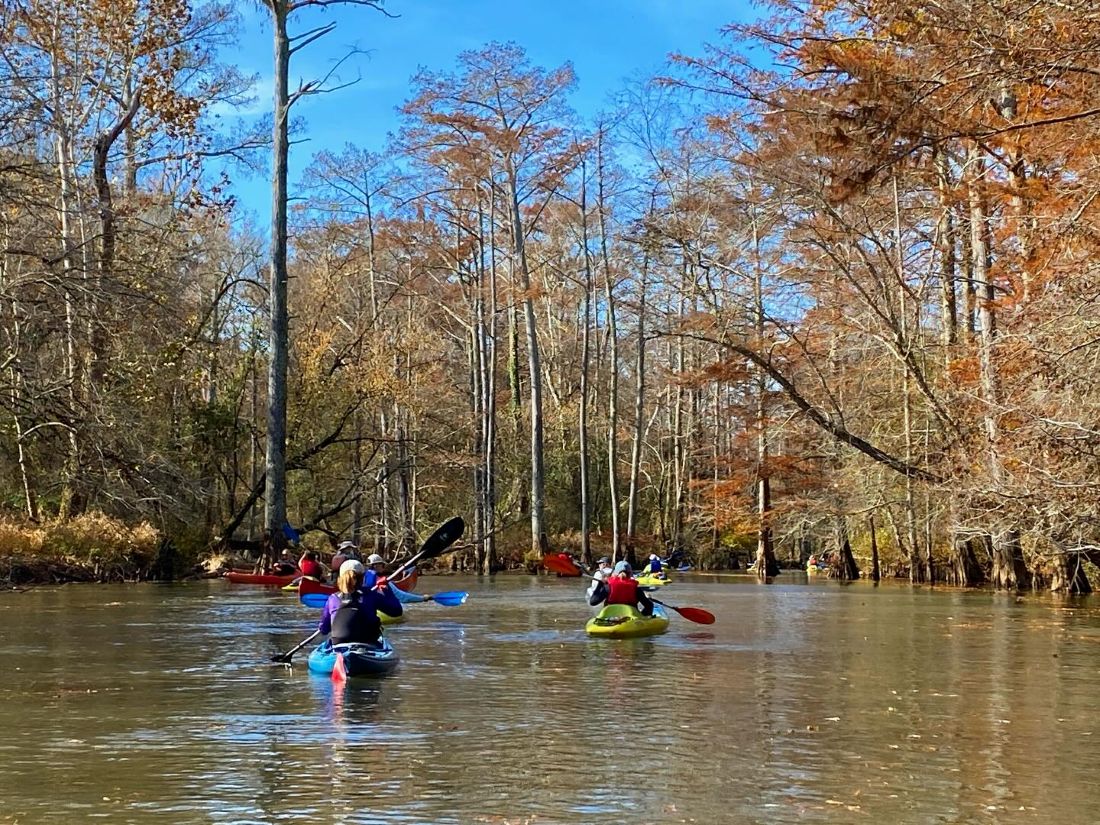Natural Highlights: Marbled Salamander


While digging a hole to plant a tree at Epping Way this December, Ryan Hall accidentally unearthed a Marbled Salamander (Ambystoma opacum) which had been tucked away safely in the litter of the forest floor - to which it was released unharmed to find another hiding place. Marbled Salamanders are a member of the Mole Salamander family, the Ambystomatidae, so called because of they are "fossorial," spending most of their lives buried under leaf litter and logs. They can remain mostly inactive through the hot, dry summer months, waiting for rainy fall nights to move around, migrate, and mate.
Marbled Salamander females are one of only two salamander species to lay their eggs on dry land, i.e., the dry bottom of a vernal pool, pond edge, or temporary wetland. Eggs are laid in anticipation of coming winter rains, the female often guarding the eggs until rain begins to fill the pool and the larvae begin to develop. These small, isolated, intermittent and easily overlooked wetlands are crucial to many amphibian species because they do not support fish, which would quickly consume amphibian larvae. The Marbled Salamander and all mole salamanders depend on the presence of both appropriate wetland habitat and the forest surrounding it to survive. Fortunately, the Wolf River Conservancy strives to protect our floodplain forests and all of the habitat types contained within them, including abundant vernal pools, intermittent wetlands, and other kinds of aquatic habitat.
Marbled Salamanders are a member of the Mole Salamander family, the Ambystomatidae, so called because of they are "fossorial," spending most of their lives buried under leaf litter and logs.










